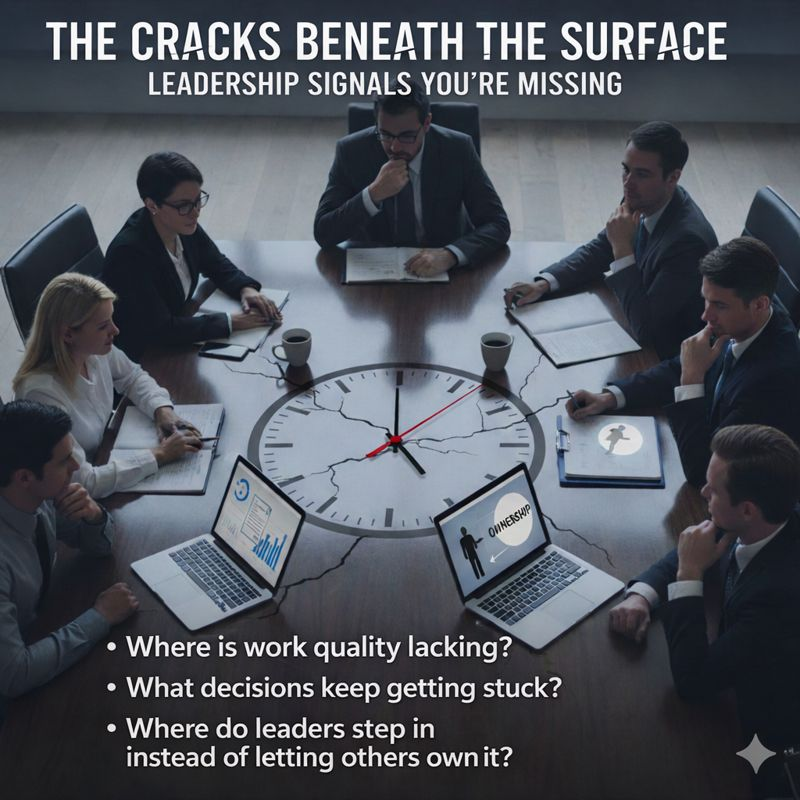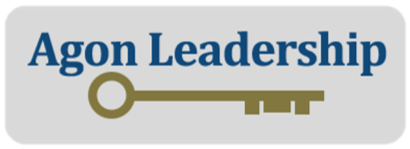How Important is Empathy at Work?

Empathy, often considered a soft skill, plays a pivotal role in fostering a positive and productive work environment. Yet, this ability to recognize, understand, and share the thoughts and feelings of another person, is often undervalued.
In the workplace where deadlines and targets dominate, understanding and connecting with colleagues on a personal level may seem secondary. However, research and workplace dynamics suggest otherwise.
Empathy is not just a natural trait but a skill that can be cultivated. Actively practicing empathy can enhance one’s ability to comprehend and share the feelings of others. In the workplace, this results in improved communication, collaboration, and a sense of belonging among team members.
When employees feel a genuine connection with their colleagues and managers, the benefits extend far beyond the emotional realm. Increased empathy correlates with higher efficiency and productivity. Managers who invest time in understanding the personal lives of their team members create an environment where employees feel valued and supported which, in turn, leads to greater job satisfaction and a stronger sense of loyalty to the organization.
In a fast-paced and competitive workplace, showing empathy might be the most efficient use of a manager’s time. Taking a moment to inquire about an employee’s well-being not only builds trust but also fosters a culture of mutual respect. Ultimately, a workplace rich with empathy becomes a breeding ground for creativity, innovation, and sustained success.


